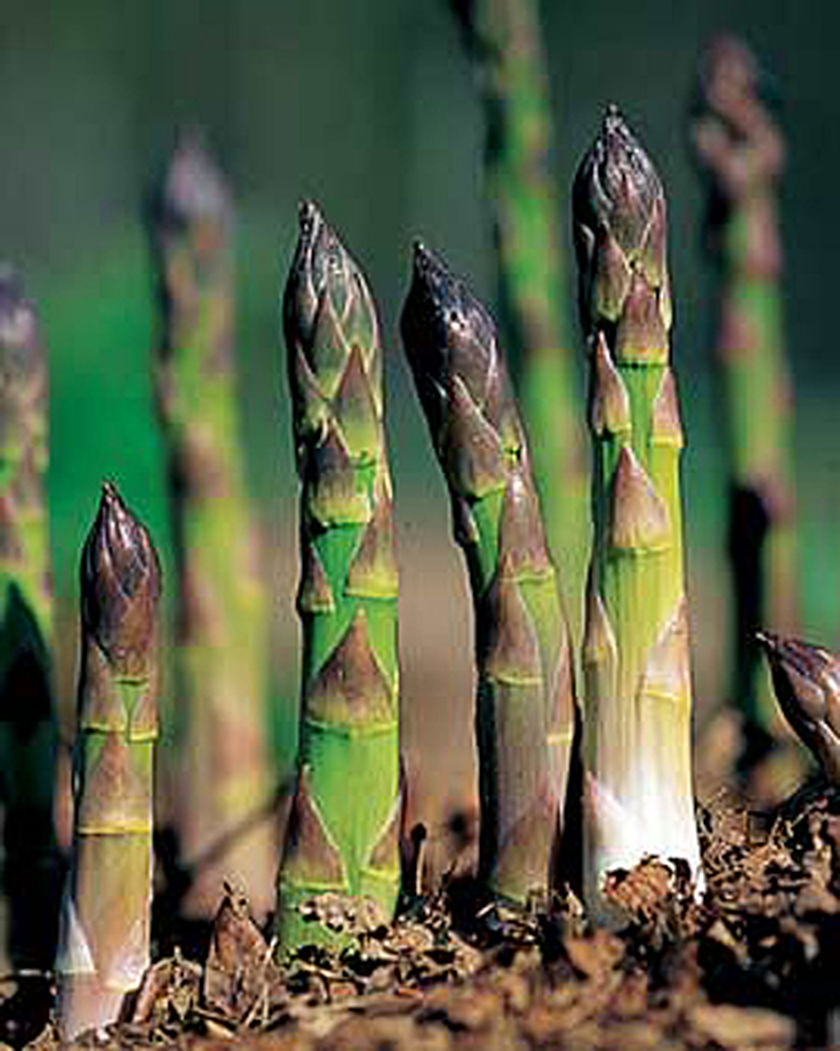
Asparagus
Asparagus officinalis
Basic Information
🌿 Family: Asparagaceae🗺️ Zone: 3-8
Other Names:
- Garden Asparagus
🌡️ Ideal Temperature : 70°F – 85°F
🔥 Heat Tolerance: Up to 85°F
❄️ Cold Tolerance: Down to 30°F
🌱 Type: Perennial
Layers
- Herbaceous
Functions
- Edible
- Medicinal
- Ground Cover
Pests
No pests associated with this plant.
Description
Asparagus (*Asparagus officinalis*) is a perennial flowering plant native to Eurasia, widely cultivated for its young shoots, which are consumed as a vegetable. The plant features feathery, fern-like foliage and can reach heights of 1.5 meters (5 feet). Asparagus thrives in well-drained soils with full sun exposure and is known for its early spring harvest of tender spears.
✂️🫘 Methods to Propagate:
Asparagus is typically propagated using one-year-old crowns, which are planted in trenches approximately 20-30 centimeters (8-12 inches) deep and spaced 30-45 centimeters (12-18 inches) apart. Alternatively, asparagus can be grown from seeds, though this method requires an additional year before harvesting. Seeds should be sown indoors 12-14 weeks before the last frost date and transplanted outdoors after the danger of frost has passed.
🌞💧 Sun and Water Requirements:
Asparagus requires full sun, with at least 8 hours of direct sunlight daily. It prefers well-drained, sandy loam soils with a pH between 6.5 and 7.5. Consistent moisture is essential, especially during the establishment phase and spear production. However, overwatering should be avoided to prevent root rot.
🧑🌾👩🌾 When to Harvest:
Harvesting begins in the third year after planting crowns. In early spring, spears are cut when they reach 15-20 centimeters (6-8 inches) in height. The harvest period lasts 6-8 weeks, after which spears should be allowed to grow into ferns to nourish the plant for the following season.
Purpose
In permaculture, asparagus serves multiple functions:
- Edible: Provides a nutritious early spring vegetable rich in vitamins A, C, and K.
- Medicinal: Traditionally used for its diuretic properties and potential benefits to kidney health.
- Ground Cover: Mature asparagus plants develop a dense canopy, suppressing weed growth and protecting soil from erosion.